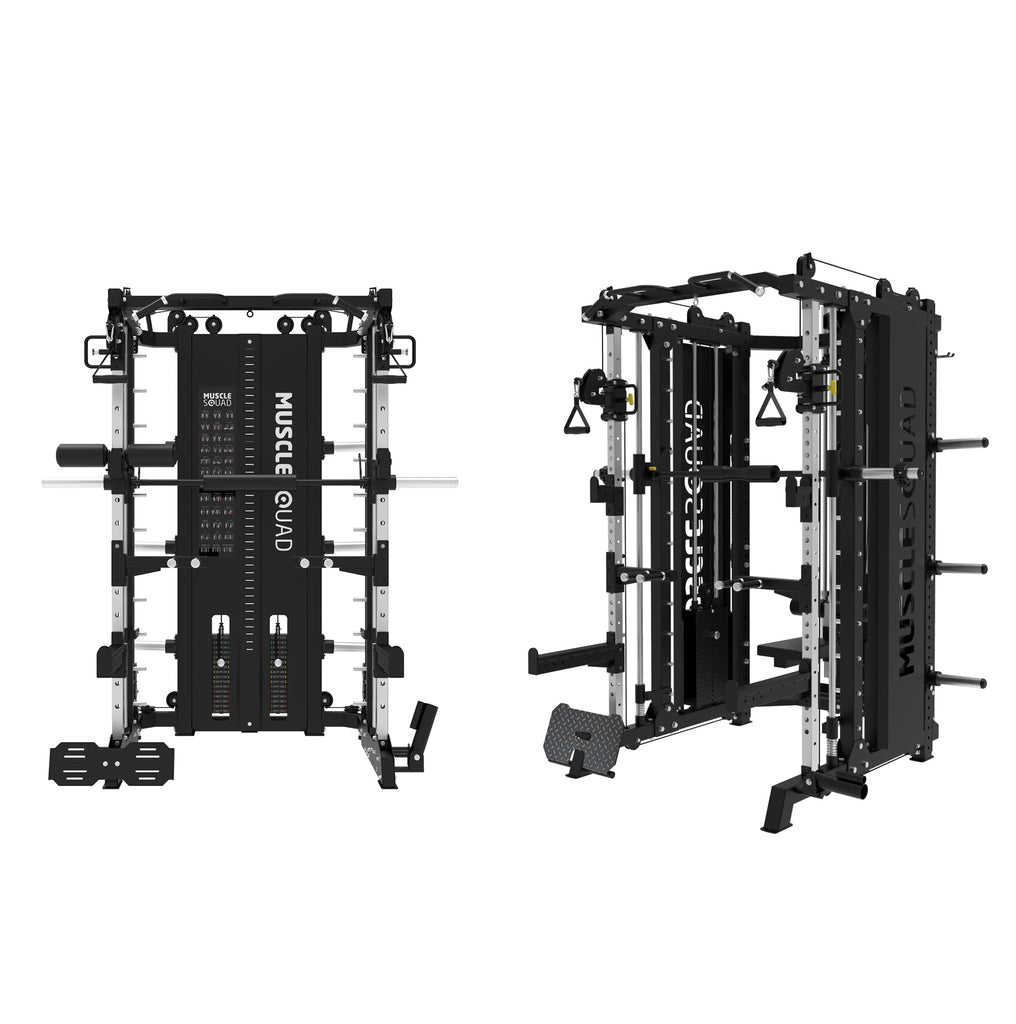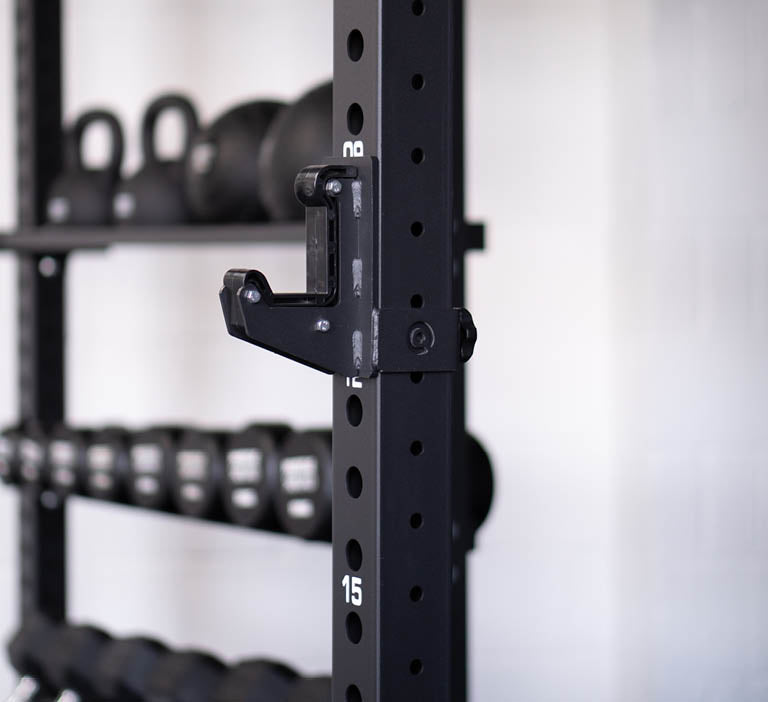Maintaining a home gym is a crucial but sometimes overlooked part of the process. When you’ve spent thousands of pounds on equipment, the last thing you want is the materials wearing out sooner than they should. The way to avoid this? Implementing some quick and easy maintenance habits to make sure your gym is running at full performance, full time.
The first pieces of equipment we’ll be talking about are squat racks and cable machines. These are likely the cornerstone of your home gym and could be your most expensive pieces of equipment, so it’s important to make sure that investment goes the distance.
1. Keep cable pulleys lubricated with silicone oil
A cable machine works by the weighted cable running through a pulley system, and over time friction can develop in this checkpoint. It’s important, then, to lubricate the cable pulleys with silicone oil every 3-6 months (depending on use) to keep everything running well. Not only will lubricated cable pulleys provide a smoother pull, it can also extend the lifetime of your cable machine by reducing the chance of your cables fraying, which can lead to safety concerns and putting your machine out of action. It also helps your workouts. A smooth cable means equal resistance throughout each exercise, which is a primary benefit of a cable machine.
2. Keep your room insulated
To avoid your equipment rusting, make sure your gym space is well insulated and not exposed to excess water or moisture in the air. Pay extra attention to your room’s climate during winter, when cold temperatures can compromise the build quality of racks and machines. Moisture build-up is the primary cause of rust, so make sure to keep your equipment dry and wipe it down frequently to prevent this.
3. Check for loose parts
While a good squat rack should be able to take the heavy loads you throw at it, it’s still worth being vigilant by checking nuts, bolts and other components on your equipment regularly. Tighten anything that feels loose to ensure your racks and machines are safe to use and operating as they should do.
4. Invest in gym flooring
Gym equipment is heavy. Without even considering the barbell and weight plates, most squat racks weigh comfortably over 100kg. Our flagship Phase 4 squat rack clocks in at 522kg, which is a lot of load to be placing on a rough garage floor. To protect your equipment and your home, invest in some rubber gym flooring.
5. Be aware of your equipment’s max weight load
Squat racks have different load ratings based on the strength of materials used. While any decent rack will give you 200kg+ of load to work with, it’s important to check with the manufacturer of your rack what its max load is. Going above this is a clear safety risk and will compromise the rack’s structure.
6. Don’t overload the plate storage
Like being conscious of your rack’s max load, it’s also important not to pile too many weight plates onto the storage poles. Keep your plates distributed evenly across the rack to avoid damaging the horns.
Maintaining your home gym is absolutely worth the time commitment. You’ve spent a lot of money putting it together so you want it to last!
Follow our advice here and you’ll be safeguarding your future workouts. Check out our other maintenance tips on cardio machines, floor tiles and general home gym maintenance.

 Feb 22, 2024 - Cameron Brierley
Feb 22, 2024 - Cameron Brierley


Leave a comment: